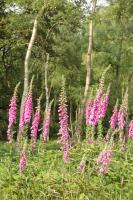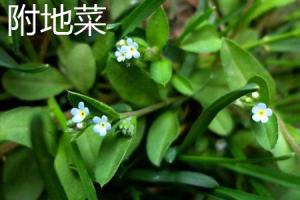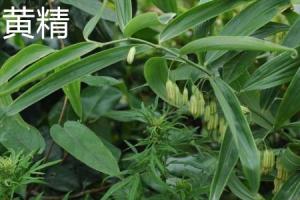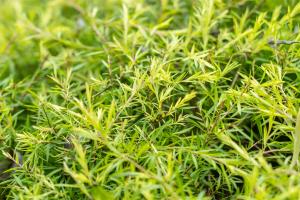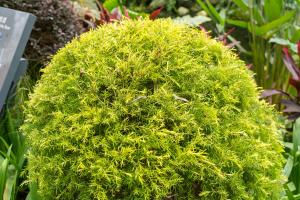1、 Curing method
1. Soil: Rehmannia glutinosa likes fertile soil, but sticky red soil and loess soil are not good. Generally, sandy soil is the most suitable for planting
2. Water: Rehmannia glutinosa has poor water absorption and few roots. Too much water will cause the decay of its roots. As long as the soil is kept moist, the watering times should be less. Do not have ponding. In rainy season, timely drainage and waterlogging prevention shall be carried out

3. Nutrients: after farming, we should apply fertilizer to Rehmannia glutinosa once. Generally, we can choose chicken, duck, pig manure and human manure. The rest of the time is basically once every half a month, which is more conducive to the growth of Rehmannia glutinosa
4. Sunshine: Rehmannia glutinosa is a plant that likes light. There should be a good sunshine environment during its growth period. When selecting land for planting, do not choose a place close to high stem crops, which will block the local yellow light. But it is also not resistant to strong light, which needs to be paid attention to

2、 Breeding skills
1. Weeding and pruning: with the growth of Rehmannia glutinosa, some weeds will grow in the soil. At this time, the weeds need to be treated in time, otherwise the weeds will absorb the nutrients in the soil. Insufficient nutrients absorbed by Rehmannia glutinosa will affect its growth rate. The withered branches and rotten leaves of Rehmannia glutinosa should be trimmed in time, which can also reduce the loss of nutrients
2. Propagation: rhizomes are generally selected for Rehmannia glutinosa propagation, and robust rhizomes are selected, which are dug up and folded into 4 ~ 5cm short joints. After a little air drying, transplant to the soil with sufficient nutrients. Pay attention to drainage when it rains and transplant in spring

3、 Diagnosis and treatment problems
1 and spot blight: there will be spot blight and Fusarium wilt when planted in Rehmannia. p>
2. Insect pests: cotton red spider and nymphalus butterfly will be common after planting. At this time, it is necessary to spray with Isocarbophos and trichlorfon

4、 Other issues
1. How to spend the winter: in winter, if potted plants need to be moved to indoor breeding, the temperature should also be well controlled to avoid Rehmannia glutinosa frostbite
2. Whether it can be placed indoors: it can be cultured indoors, but considering the number of flowers, we need to appropriately increase the sunlight, so that its flowers can bloom more brightly


 jackfruit
jackfruit snake plant
snake plant hibiscus
hibiscus hydrangea
hydrangea lavender
lavender Green roses climb al...
Green roses climb al... If you don't pay att...
If you don't pay att... Management of four g...
Management of four g...
